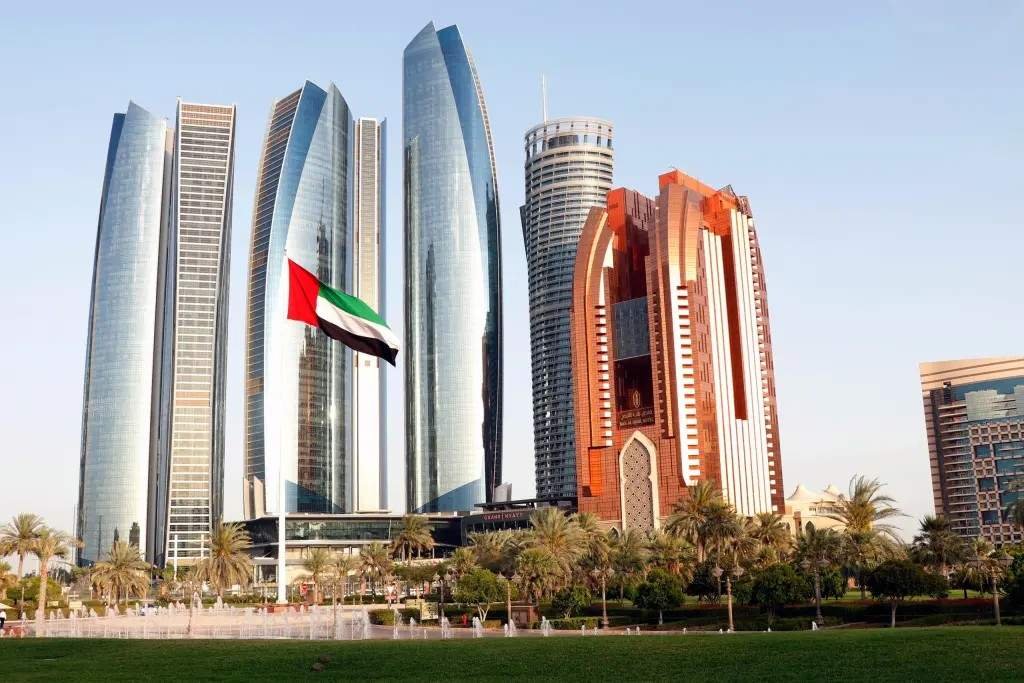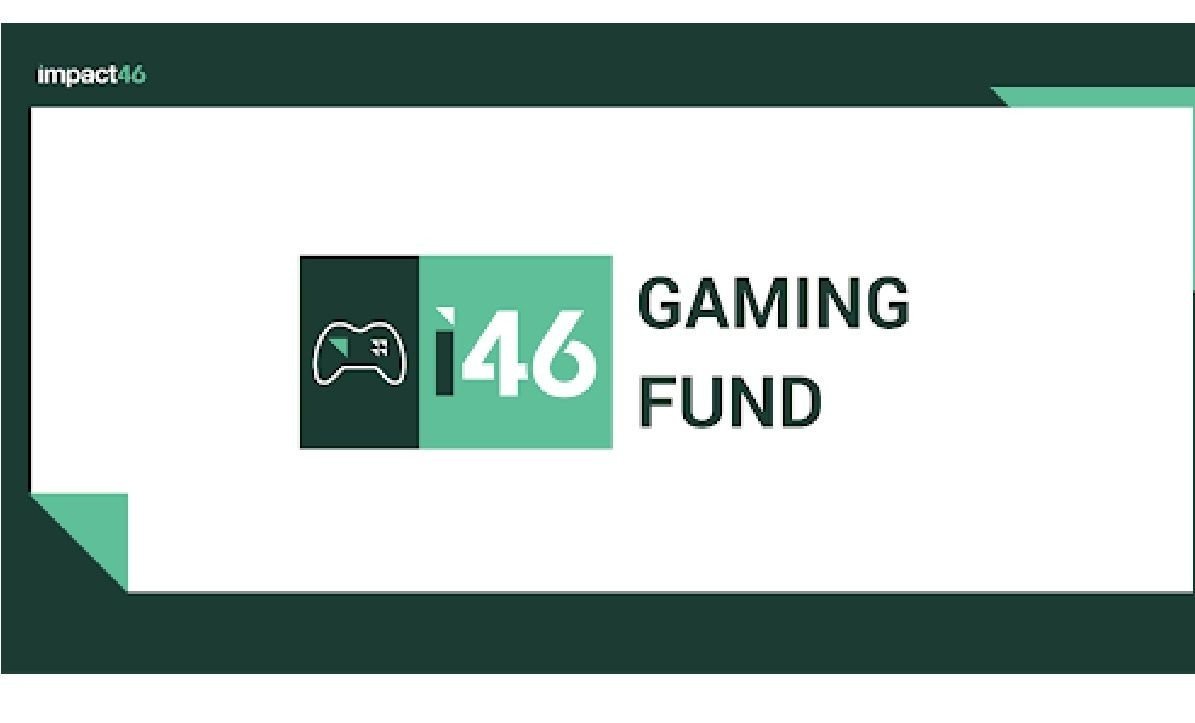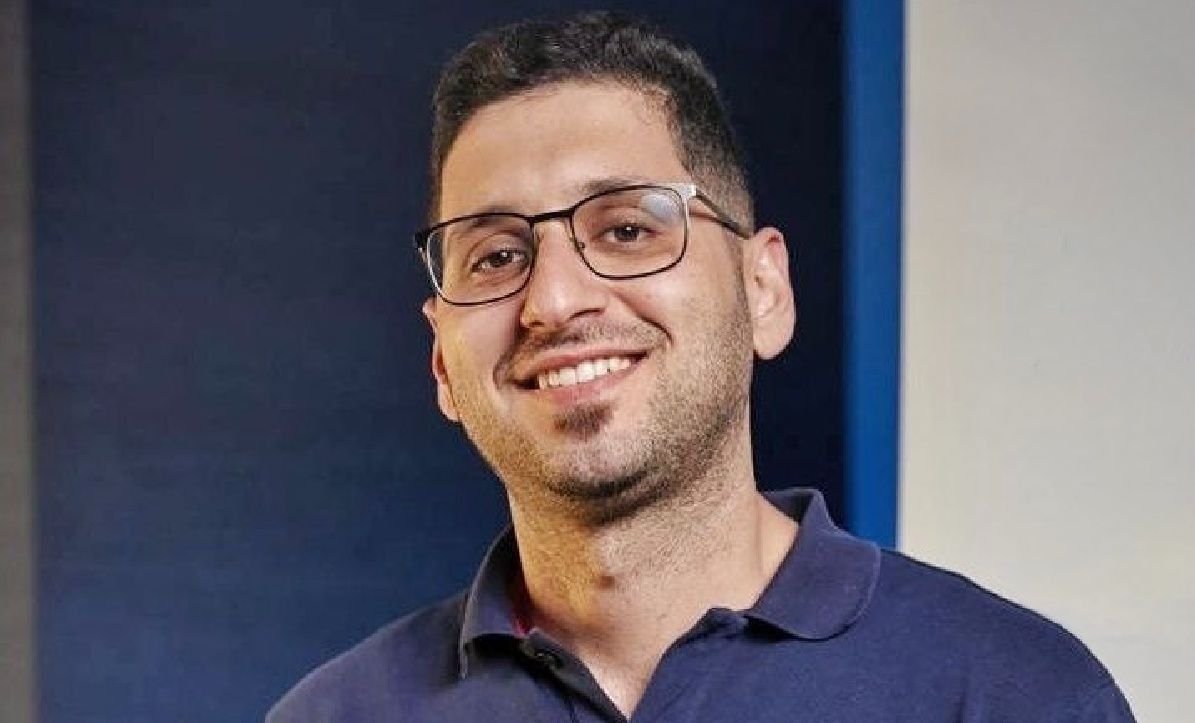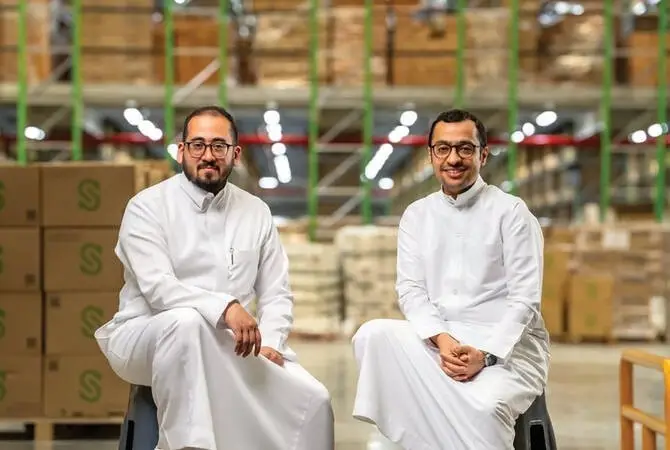The United Arab Emirates (UAE) technology sector saw remarkable funding growth in the first quarter of 2025, according to Tracxn’s Q1 2025 UAE Tech Funding Report. A total of US$872 million was raised, reflecting a 194% increase from US$297 million in the previous quarter and an 865% surge from US$90.5 million in Q1 2024.
Late-stage funding was the primary driver of this growth, contributing US$760 million, which marks a 660% increase from US$100 million raised in Q4 2024. Key investors in this period included 500 Global, Wamda Capital, and Middle East Venture Partners.
Key Insights:
1️⃣ Ecosystem Maturation: Shifting Focus to Late-Stage Growth
The UAE’s tech funding landscape is evolving, with late-stage funding dominating Q1 2025. This shift from early-stage experimentation to scaling proven business models signals a maturing ecosystem. Seed-stage funding saw a sharp decline to $23.4 million, a 77% drop. The dominance of late-stage funding mirrors patterns seen in established tech hubs, reflecting investor confidence and a healthier, more balanced funding environment. Mega-deals like Tabby’s $160 million Series E and Vista Global’s $600 million round further illustrate the UAE’s growing reputation as a hub for globally competitive companies.
2️⃣ Sector Specialization: Focus on Enterprise and FinTech
The UAE’s tech funding is strategically concentrated in specific sectors, with Enterprise Applications leading the pack at $688.1 million in Q1 2025, followed by FinTech with $215.6 million. This specialization reflects a strategic move to build competitive advantages in these verticals rather than across all technology categories. The fintech sector’s dominance, particularly in MENA where fintech startups raised $700 million in 2024, continues to be a defining feature of the UAE’s tech ecosystem.
3️⃣ Dubai’s Concentrated Tech Ecosystem
Dubai continues to dominate the UAE’s tech funding landscape, capturing 96% of all venture funding in Q1 2025. This concentration is not accidental but the result of deliberate ecosystem building, including regulatory frameworks, infrastructure investments, and talent initiatives like the “Golden Visa” program. However, the sustainability of this dominance will depend on how Dubai manages talent, office space, and living costs to avoid bottlenecks in the ecosystem.
Conclusion:
The UAE’s tech ecosystem is maturing, with a clear shift toward late-stage funding, sector specialization, and Dubai’s concentrated growth. These trends highlight the country’s growing role as a hub for innovative technology and global investment.















